Effective Soil Conservation Techniques for Wildlife Management
- February 11, 2025
- 0 comment
Soil conservation plays a vital role in wildlife management because healthy soil is essential for supporting diverse ecosystems. Soil is the foundation for plant growth, which provides food and shelter for various animal species. When soil is healthy, it is rich in nutrients and organic matter, allowing plants to thrive.
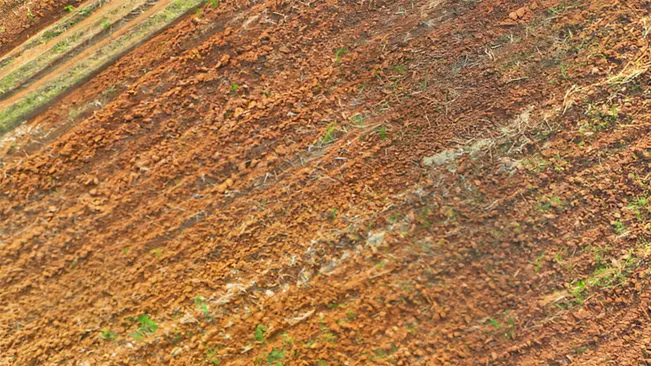
This, in turn, creates habitats that support wildlife populations. Healthy soil also helps maintain clean water sources by preventing erosion and sedimentation, which can harm aquatic habitats. However, soil is often threatened by erosion, pollution, and degradation due to human activities and climate change. This can lead to loss of habitat and food sources for wildlife.
Therefore, implementing effective soil conservation techniques is crucial for protecting both the soil and the wildlife that depend on it. By adopting practices that preserve soil health, land managers can create sustainable environments that support a wide range of species and maintain the balance of ecosystems.
Importance of Soil Conservation in Wildlife Management
Soil is the foundation for plant growth, and healthy soil is crucial for supporting wildlife. When soil is rich in organic matter and nutrients, it allows plants to thrive. These plants provide food and shelter for many animals, creating a balanced ecosystem. Without healthy soil, plant life can struggle, leading to fewer resources for wildlife. This can result in a decline in animal populations and a loss of biodiversity.
Soil conservation practices are essential for maintaining not only the health of the soil but also the quality of water in nearby streams and rivers. By preventing erosion and sedimentation, these practices help keep waterways clean and support aquatic habitats. Healthy soil contributes to a thriving environment for both land and water species.
Key Points on Soil Conservation and Wildlife Management:
- Healthy soil supports plant growth, providing food and habitat for wildlife.
- Rich soil is essential for sustaining diverse vegetation.
- Soil conservation helps maintain clean water quality in streams and rivers.
- Preventing erosion protects aquatic habitats and supports biodiversity.
Effective Soil Conservation Techniques
Healthy soil is essential for plant growth and supports wildlife by providing food and shelter, creating a balanced ecosystem. When soil is rich in organic matter and nutrients, it allows plants to thrive, while poor soil can lead to fewer resources for animals, resulting in declines in populations and biodiversity.
Soil conservation practices, such as conservation tillage, contour farming, and cover cropping, are crucial for maintaining soil health and water quality in nearby streams and rivers. These methods prevent erosion, improve water retention, and enhance biodiversity, ultimately creating sustainable habitats that benefit both soil and wildlife.
1. Conservation Tillage
Conservation tillage is a practice that minimizes soil disturbance and maintains soil cover. By reducing the frequency of tilling and leaving crop residues on the soil surface, this method protects against erosion and enhances soil structure. This approach allows for better moisture retention, which is essential for plant growth, especially during dry periods.
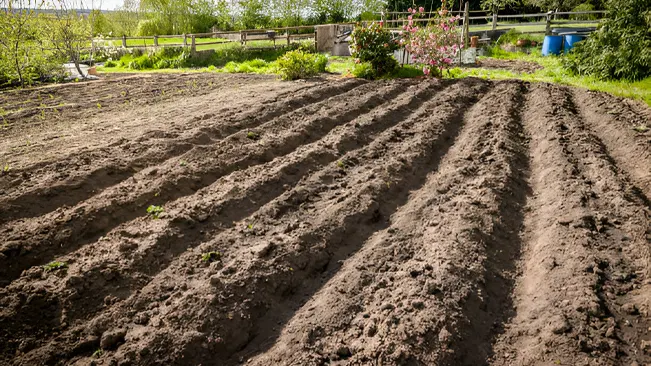
Additionally, conservation tillage supports the health of soil microorganisms, which play a key role in breaking down organic matter and cycling nutrients. This practice helps keep the soil in place, preventing it from being washed or blown away by wind and water. Moreover, conservation tillage can lead to increased crop yields over time. With improved soil structure and moisture retention, plants can access the nutrients they need more effectively.
This not only benefits agricultural production but also creates a healthier environment for wildlife. The residues left on the soil surface provide habitat for various organisms, including insects and small mammals, which contribute to a balanced ecosystem. Overall, conservation tillage is a win-win for both farmers and wildlife.
2. Contour Farming
Contour farming involves plowing and planting across the slope of the land rather than up and down. By following the natural contours of the land, this technique reduces water runoff and soil erosion. The furrows created by contour farming act as barriers that slow down water flow, allowing it to soak into the soil instead of washing it away.

This method not only conserves soil but also helps retain water, which is beneficial for both crops and wildlife habitats. The retained moisture can support a variety of plants, providing food and shelter for different animal species. In addition to its environmental benefits, contour farming can enhance agricultural productivity.
By reducing erosion and improving water retention, farmers can achieve better crop yields. This practice also promotes biodiversity by creating a varied landscape that can support different types of plants and animals. The combination of crops and natural features helps create a more resilient ecosystem, where wildlife can thrive alongside agricultural activities. Overall, contour farming is an effective way to manage land while protecting valuable soil resources.
3. Strip Cropping
Strip cropping involves alternating strips of different crops to help reduce soil erosion. By planting high-growing crops alongside lower-growing ones, this method creates a protective barrier against wind and water erosion. The taller crops can shield the smaller plants, preventing them from being washed away during heavy rains.
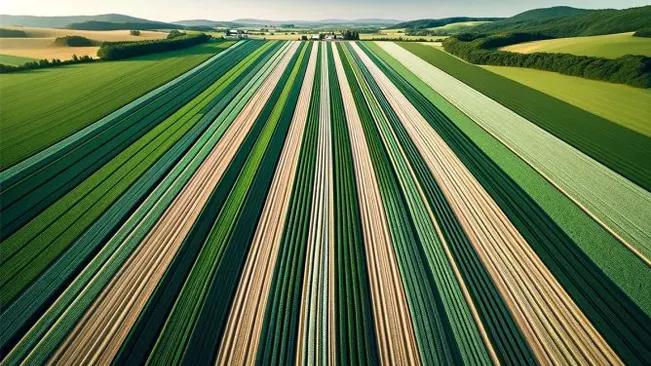
This practice not only conserves soil but also enhances biodiversity by providing varied habitats for wildlife. Different crops attract different species of insects and animals, creating a more dynamic ecosystem. Additionally, strip cropping can improve soil health by promoting crop rotation. By alternating crops, farmers can break pest cycles and reduce the need for chemical pesticides.
This leads to healthier soil and a more balanced ecosystem. The diversity of plants also helps improve soil structure and nutrient content, benefiting both crops and wildlife. Overall, strip cropping is a sustainable farming practice that supports soil conservation and enhances wildlife habitats.
4. Cover Cropping
Planting cover crops during the off-season is an effective way to protect the soil from erosion and improve its health. Cover crops, such as clover or rye, grow when main crops are not in the ground. They add organic matter to the soil, which helps enhance nutrient cycling and improve soil structure. This practice also prevents soil from being exposed to harsh weather conditions, reducing the risk of erosion.
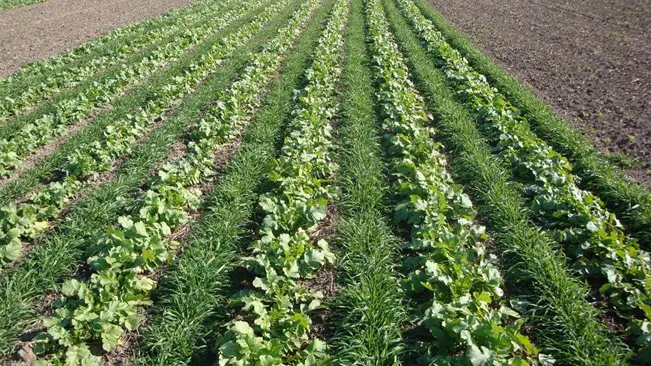
Cover crops act as a protective blanket, keeping the soil in place and promoting moisture retention. In addition to protecting the soil, cover crops provide habitat for various wildlife species. They attract beneficial insects, such as pollinators, which are crucial for healthy ecosystems.
These crops can also serve as food sources for small animals and birds. By promoting biodiversity, cover cropping creates a more resilient environment that can better withstand changes in weather and climate. Overall, this practice is a simple yet effective way to enhance soil health and support wildlife.
5. Planting Windbreaks
Windbreaks are rows of trees and shrubs planted to protect fields from strong winds. They can significantly reduce soil erosion by acting as barriers that slow down wind speed. This helps maintain soil moisture and creates a more stable microclimate, which benefits both crops and wildlife. By preventing soil from being blown away, windbreaks help preserve valuable topsoil and contribute to healthier agricultural practices.
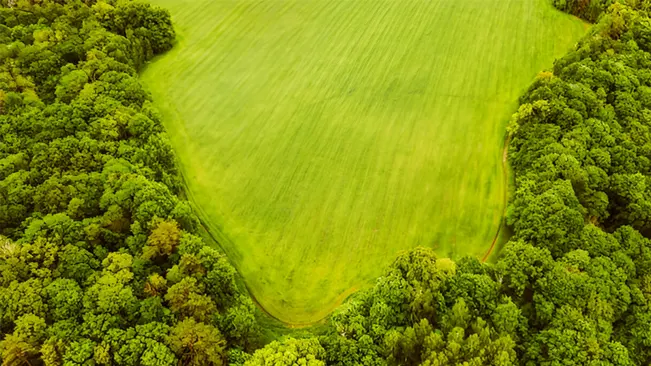
Additionally, the shade provided by windbreaks can create cooler areas that are beneficial for certain plants and animals. Beyond their protective role, windbreaks also enhance biodiversity. They provide habitat for birds, insects, and small mammals, creating a diverse ecosystem.
The trees and shrubs can serve as nesting sites and food sources for various wildlife species. Windbreaks help connect fragmented habitats, allowing animals to move more freely across the landscape. Overall, planting windbreaks is a valuable technique for conserving soil while supporting wildlife populations.
6. Terracing
Terracing is an effective method for reducing soil erosion, especially in areas with steep slopes. This technique involves creating flat areas or steps on the hillside, which slows down water runoff and allows it to soak into the ground. By reducing the speed of water flow, terracing helps prevent soil from being washed away during heavy rains.
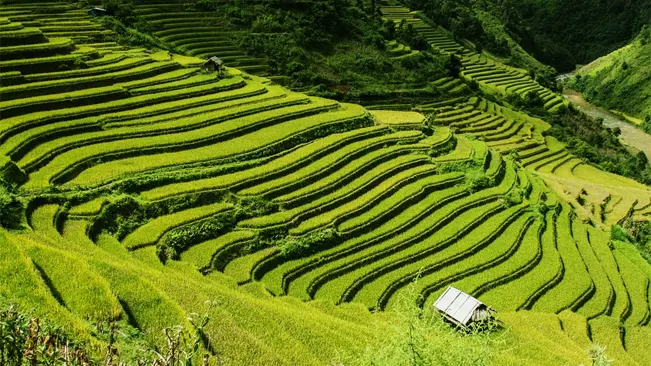
This practice not only conserves soil but also improves water absorption, which is crucial for plant growth. The flat terraces can also create diverse habitats for various wildlife species. In addition to its environmental benefits, terracing can enhance agricultural productivity. By creating level areas for planting, farmers can cultivate crops more effectively on sloped land.
This method can lead to better yields while protecting the soil from erosion. The diverse habitats created by terracing can support a variety of plants and animals, promoting a healthy ecosystem. Overall, terracing is a sustainable practice that benefits both agriculture and wildlife.
7. Integrated Pest Management (IPM)
Integrated Pest Management (IPM) is a strategy that combines different methods to manage pests while minimizing harm to the environment. This approach includes biological, cultural, and chemical practices. By promoting a healthy ecosystem, IPM enhances soil health and reduces the need for chemical pesticides, which can be harmful to wildlife.
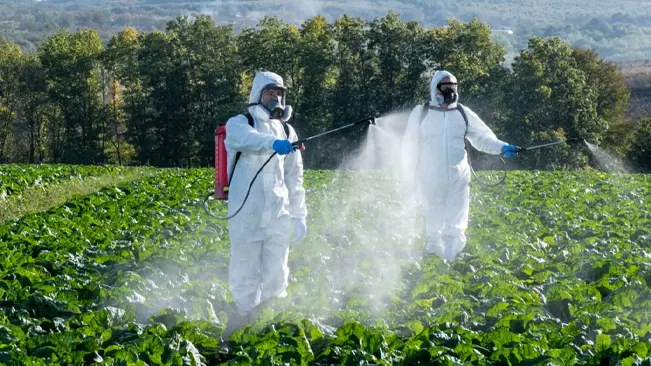
For example, farmers might use crop rotation to disrupt pest life cycles or introduce beneficial insects that prey on harmful pests. This holistic approach helps maintain a balance in the ecosystem. IPM also focuses on using pest-resistant crop varieties, which can thrive without heavy pesticide use. By reducing chemical inputs, IPM protects soil health and the surrounding environment.
Healthier soil supports diverse plant life, which in turn attracts a variety of wildlife. By adopting IPM practices, farmers can create a sustainable agricultural system that benefits both their crops and the wildlife that shares the land. Overall, IPM is an effective way to manage pests while conserving soil and promoting biodiversity.
Climate Change and Soil Health
Soil conservation practices play a significant role in mitigating the effects of climate change by enhancing soil health. Healthy soil acts as a carbon sink, sequestering carbon dioxide from the atmosphere and helping to reduce greenhouse gas emissions. This process is crucial because soil is estimated to store approximately 75% of terrestrial carbon, which is three times more than the amount stored in living plants and animals.
By improving soil structure and increasing organic matter content, practices like cover cropping and conservation tillage enhance the soil’s ability to store carbon. These methods not only help combat climate change but also improve soil fertility and support diverse ecosystems. The connection between soil management and climate change highlights the importance of adopting sustainable practices. Effective soil conservation techniques can lead to several benefits, including:
- Carbon Sequestration: Healthy soils can absorb and store significant amounts of carbon, reducing the overall concentration of greenhouse gases in the atmosphere.
- Enhanced Soil Structure: Practices such as conservation tillage improve soil aggregation, which slows down the decomposition of organic matter and minimizes carbon emissions.
- Improved Water Retention: Healthy soils can retain more moisture, reducing the need for irrigation and enhancing resilience to drought conditions.
- Biodiversity Support: Diverse soil ecosystems contribute to greater resilience against climate impacts, supporting a range of plant and animal species.
As climate change continues to pose challenges to ecosystems and biodiversity, effective soil conservation becomes increasingly relevant in promoting a sustainable environment for future generations. By focusing on soil health, we can address not only climate change but also food security and ecosystem stability, making soil management a critical component of environmental stewardship.
Conclusion
Soil conservation plays a vital role in wildlife management because healthy soil is essential for supporting diverse ecosystems. Soil is the foundation for plant growth, which provides food and shelter for various animal species. When soil is healthy, it is rich in nutrients and organic matter, allowing plants to thrive. This, in turn, creates habitats that support wildlife populations.
Healthy soil also helps maintain clean water sources by preventing erosion and sedimentation, which can harm aquatic habitats. However, soil is often threatened by erosion, pollution, and degradation due to human activities and climate change. This can lead to loss of habitat and food sources for wildlife.
Therefore, implementing effective soil conservation techniques is crucial for protecting both the soil and the wildlife that depend on it. By adopting practices that preserve soil health, land managers can create sustainable environments that support a wide range of species and maintain the balance of ecosystems.
Frequently Asked Questions
1. What is soil conservation?
Soil conservation involves practices that prevent soil erosion and degradation, maintaining soil health and promoting sustainable land use. These practices are crucial for ensuring that soil remains fertile and capable of supporting plant growth and wildlife habitats.
2. How does soil conservation benefit wildlife?
Soil conservation creates stable habitats, enhances food sources, and supports diverse ecosystems, benefiting wildlife. Healthy soil supports robust plant life, which in turn provides food and shelter for various animal species.
3. What are some common soil conservation techniques?
Common techniques include conservation tillage, contour farming, cover cropping, buffer strips, agroforestry, mulching, no-till farming, and terracing. These methods help maintain soil health, prevent erosion, and enhance water retention.
4. Why is community involvement important in soil conservation?
Community involvement ensures widespread adoption of conservation practices and fosters a sense of ownership and responsibility for the environment. Educational programs and community projects can raise awareness and encourage sustainable practices.
5. How do government policies support soil conservation?
Government policies provide guidelines, financial incentives, and support for sustainable land management practices that promote soil conservation. Policies can drive large-scale adoption of conservation techniques and ensure long-term environmental benefits.
6. What role does technology play in soil conservation?
Technology enhances soil conservation efforts through tools like precision agriculture, remote sensing, and GIS mapping. These tools provide detailed data for targeted interventions, improving the efficiency and effectiveness of soil conservation practices.
7. How does soil erosion impact wildlife habitats?
Soil erosion degrades the land and disrupts wildlife habitats. It can lead to loss of vegetation cover, reduced food availability, and sedimentation in water bodies, which negatively impacts aquatic and terrestrial species.
8. What is the importance of vegetation in soil conservation?
Vegetation stabilizes soil by anchoring it with roots, reducing erosion. Native plants are especially beneficial as they are well-adapted to local conditions and provide essential habitat and food sources for wildlife.
9. How can cover crops benefit soil and wildlife?
Cover crops improve soil structure, enhance moisture retention, and provide habitats for beneficial insects. They prevent soil erosion and enrich soil nutrients, creating a healthier environment for wildlife.
10. What are the benefits of riparian buffer zones?
Riparian buffer zones protect water quality, reduce erosion, and provide critical habitat for aquatic and terrestrial species. These vegetated areas along waterways support diverse ecosystems and enhance wildlife corridors.
We hope this guide on Effective Soil Conservation Techniques for Wildlife Management has provided you with valuable insights into the crucial role of soil conservation. Whether you’re interested in cover cropping, contour farming, or riparian buffer zones, the techniques discussed offer promising avenues for supporting biodiversity and ecosystem health. If you have any experiences or additional insights about soil conservation, please share them in the comments below. Your thoughts can help others understand the broader impact of these efforts and foster a supportive community dedicated to conservation. Also, don’t forget to share this article with friends and colleagues interested in wildlife management to expand the conversation and underscore the importance of preserving our soil.

Joel Cunningham
Forestry AuthorI'm Joel Cunningham, an expert in pruning and weed management with over a decade of experience. My skills are rooted in formal training and extensive practice, focusing on advanced pruning techniques and efficient weed control. I'm known for my quality work, precision, and deep understanding of plant health and soil dynamics. My contributions extend to educational initiatives where I share sustainable practices and advice, establishing myself as a reliable and authoritative figure in the gardening community.

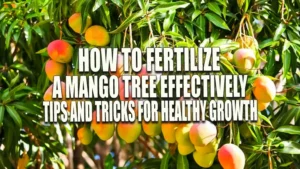




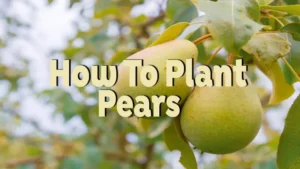

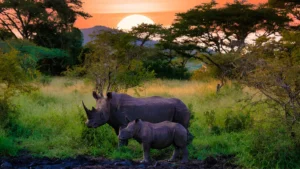


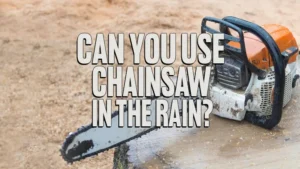

Leave your comment